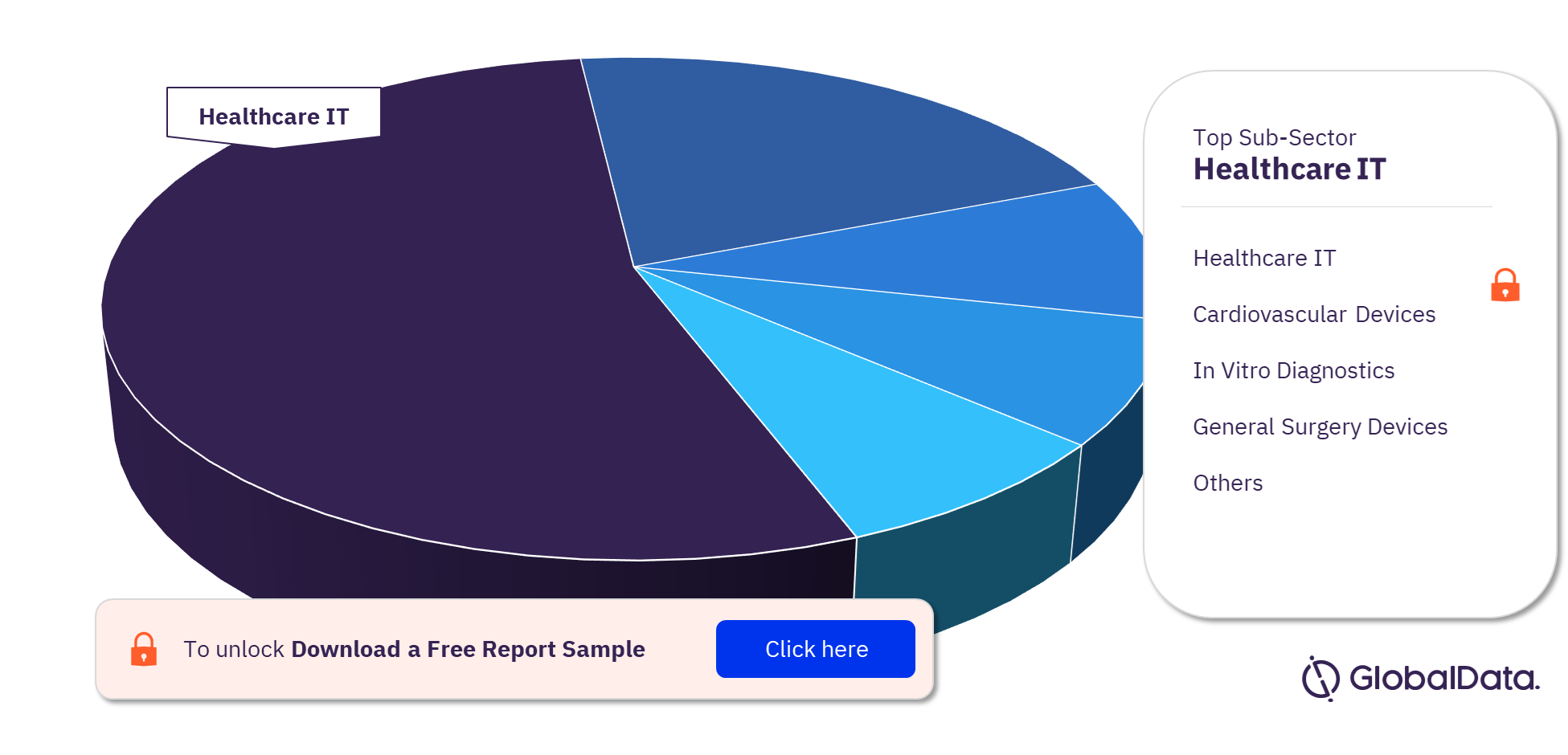Analyzing the Financial Aspects of Medical Devices M&A Deals

Analyzing the financial aspects of medical devices mergers and acquisitions (M&A) deals involves assessing various factors to determine the financial viability and potential return on investment. Here are key financial aspects to consider when evaluating M&A deals in the medical devices industry:
1. Valuation:
-
Price: The purchase price or valuation of the target company is a critical factor. It's essential to assess whether the proposed price is reasonable based on the target's financials, market position, and growth prospects.
-
Valuation Methods: Evaluate the valuation methods used, such as discounted cash flow (DCF), comparable company analysis, or precedent transactions. Understanding how the valuation was determined is crucial.
2. Financial Due Diligence:
-
Financial Statements: Review the target company's financial statements, including income statements, balance sheets, and cash flow statements. Scrutinize revenue, expenses, assets, liabilities, and cash flow trends.
-
Profitability: Assess the target's profitability, looking at metrics like gross margin, operating margin, and net income. Determine if the acquisition is expected to be accretive or dilutive to the acquiring company's earnings.
-
Debt and Liabilities: Analyze the target's outstanding debt, contingent liabilities, and any potential financial risks associated with these obligations.
-
Working Capital: Examine the target's working capital requirements and any historical cash flow issues.
3. Financing Structure:
-
Deal Financing: Understand how the M&A deal will be financed. Consider whether it's an all-cash deal, stock-for-stock, or a combination. The choice of financing can impact the acquiring company's financial structure.
-
Debt Financing: Assess the use of debt financing, including interest rates, terms, and covenants. Evaluate the impact on the acquiring company's debt ratios and creditworthiness.
4. Synergies and Cost Savings:
-
Identify Synergies: Determine potential synergies and cost-saving opportunities that can result from the merger. This can include operational efficiencies, elimination of redundancies, and increased market share.
-
Quantify Savings: Estimate the financial impact of these synergies, both in terms of cost savings and revenue enhancements. Consider the time frame for realizing these benefits.
5. Revenue Projections:
-
Revenue Growth: Evaluate the target company's historical revenue growth rates and assess the reasonableness of future revenue projections. Consider market trends, competitive dynamics, and potential obstacles to growth.
-
Customer Contracts: Review the stability of the target's customer base and long-term contracts. Consider customer retention and revenue visibility.
6. Integration Costs:
- Integration Planning: Analyze the costs associated with integrating the target company into the acquiring company's operations. This includes one-time expenses for systems integration, employee relocations, and other transition costs.
7. Due Diligence on Assets and Liabilities:
-
Asset Review: Examine the condition and value of the target's tangible and intangible assets, such as patents, intellectual property, and equipment.
-
Liability Assessment: Assess any undisclosed or potential liabilities, such as pending legal disputes, regulatory issues, or warranty claims.
8. Regulatory and Compliance Matters:
- Compliance with Regulations: Ensure the target company is in compliance with all relevant regulations in the medical devices industry. Regulatory issues can lead to financial penalties or business disruptions.
9. Legal and Tax Implications:
- Legal and Tax Advisors: Consult legal and tax advisors to understand the legal and tax implications of the M&A deal, including potential liabilities, tax consequences, and contractual obligations.
10. Integration Costs:
- Integration Planning: Analyze the costs associated with integrating the target company into the acquiring company's operations. This includes one-time expenses for systems integration, employee relocations, and other transition costs.
In summary, evaluating the financial aspects of medical devices M&A deals involves a comprehensive assessment of valuation, financial due diligence, financing structure, synergies, revenue projections, integration costs, assets and liabilities, regulatory compliance, legal and tax implications, and potential risks. A thorough financial analysis is essential for making informed investment decisions and ensuring the success of the merger or acquisition in the medical devices industry.
- Questions and Answers
- Opinion
- Motivational and Inspiring Story
- Technology
- Live and Let live
- Focus
- Geopolitics
- Military-Arms/Equipment
- Segurança
- Economy
- Beasts of Nations
- Machine Tools-The “Mother Industry”
- Art
- Causes
- Crafts
- Dance
- Drinks
- Film/Movie
- Fitness
- Food
- Jogos
- Gardening
- Health
- Início
- Literature
- Music
- Networking
- Outro
- Party
- Religion
- Shopping
- Sports
- Theater
- Health and Wellness
- News
- Culture

